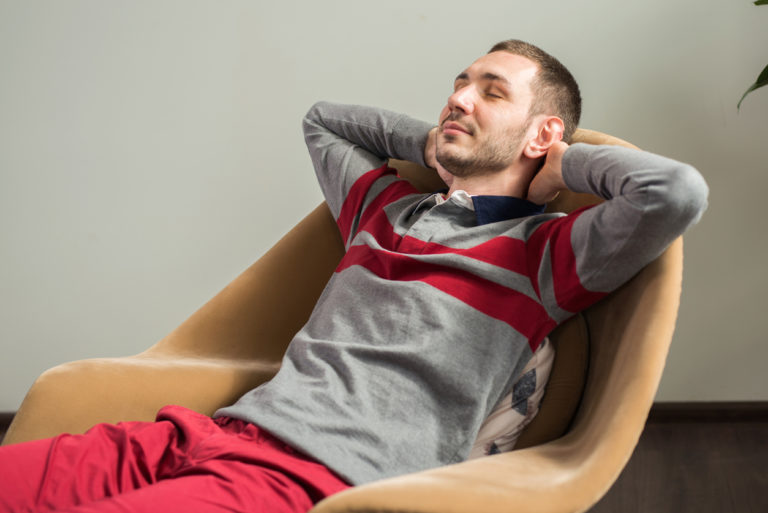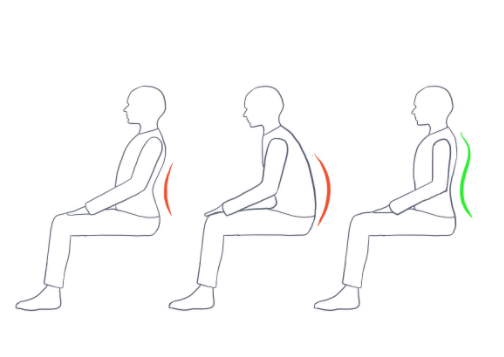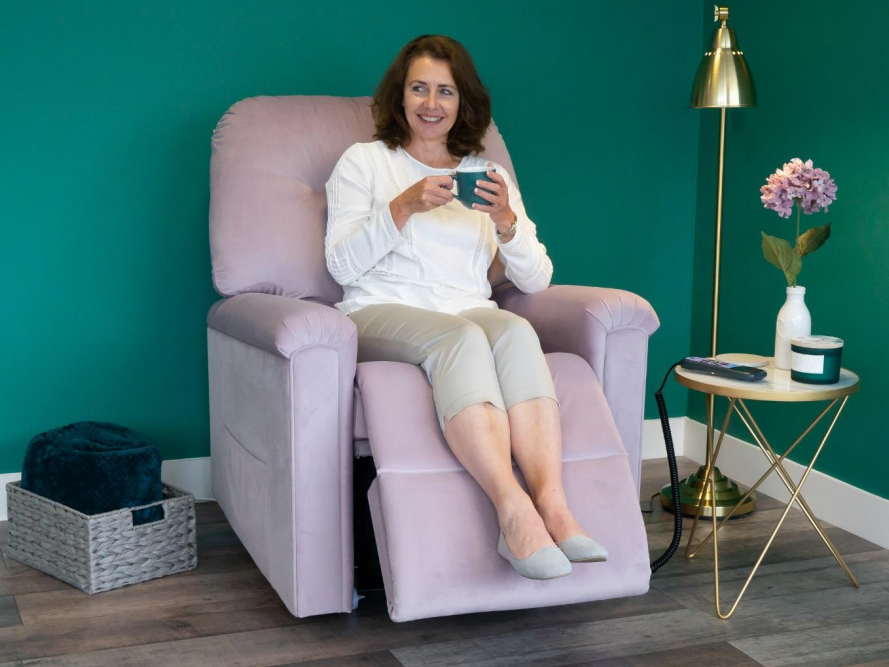Chairs for good posture: Why choose a riser recliner?
Achieving a proper chair sitting posture is important – it can help protect you from sitting-related problems like back pain and poor circulation. It also allows you to sit comfortably, with minimal effort and without putting strain on your body.
Discover how adjustable chairs support you correctly and help you maintain a proper chair-sitting posture.

Why is a good sitting posture important?
Many of us slouch while sitting, and our bodies can get used to this position. When our spine isn’t in the correct position, some muscles will become tight and others will stretch over time. This can eventually cause the small joints in the spine and ribs to become stiff and painful.
A good sitting posture can prevent:
- Strain on your spine
- Tension on unnecessary muscles
- Digestive issues
- Breathing problems
- Poor circulation
A chair that supports your spine correctly will reduce your risk of back pain. Being able to adjust a chair to fit your body will reduce the strain on your back. Adjustamatic riser recliner chairs are made-to-measure, so they will fit you perfectly from the beginning. They also include lumbar and head support, which also help you to maintain a healthy sitting posture.
How to sit in a chair for good posture in 4 steps
Sitting in the healthiest way possible means maintaining the correct posture. Good posture centres on keeping your spine in a neutral position.
To find a neutral spine position:
- Tilt your hips forward while sitting
- Then tilt them back again
- Find the midpoint between these two positions. You should feel all your weight resting on your sitting bones

Sitting in this position can feel uncomfortable if you are not used to it, but over time your muscles will become stronger and make it a relatively effortless way to sit.
Your chair should support your posture as much as possible, which will help you to sit in the neutral spine position and also reduce strain on your arms, legs and neck. Follow four simple steps to sit in your chair with good posture.
1. Support your back
Your riser recliner chair should support the inward curve of your lower back by following this curve. Known as lumbar support, this shape helps prevent back strain by encouraging you to sit in a neutral spine position.
2. Sit with your knees slightly lower than your hips
This will encourage you to sit in a more upright position, helping you to keep that neutral spine posture. Either test ready-made riser recliners in person to see if they are the correct height for you, or have your chair made to measure. Your feet should be able to reach the ground too. Your knees should never be higher than your hips.
3. Keep your arms and legs aligned
You should be able to sit with your arms and legs held straight (not angled inwards or away from your body). This is the sitting equivalent of standing with your feet shoulder-width apart. If there isn’t enough space for your legs to do this, then look for a chair with a wider seat. The armrests should support your arms close to your body, and not angled into or away from your body.
4. Leave space for your knees
There should be a small space between the back of your knees and the edge of the seat. This prevents the arteries that run behind your knee from becoming squashed and helps to improve circulation to your lower legs. This space should exist while you are sitting back in the chair – with your back in contact with the back of the chair.
Why is chair posture important for the elderly?
Older adults in the UK spend nine hours or more sitting each day, so the effects of poor sitting posture can have a big impact. A chair for good posture helps elderly people to remedy some of the problems associated with long periods of sitting.
For example, sitting with a good posture can reduce strain on joints and muscles, which helps to keep joints mobile and pain-free.
A chair for good posture also allows you to sit comfortably and as effortlessly as possible, relieving your muscles of any unnecessary strain or tension.

Why are riser recliner chairs good for posture?
The right riser recliner chair for you makes it easy to adjust your seat to the correct position. Discover how our riser recliner chairs can improve your posture in five effective ways.
1. Support your spine
The lumbar support of a riser recliner chair helps you to sit in the health neutral spine position. Chairs without this support allow you to slouch and sit with your spine in a ‘C’ shape, which puts extra pressure on your spine. The high backs and headrests of riser recliners also support your neck and head, holding you in the correct posture.
2. Reclines for comfort
Research has found that reclining your chair puts the least stress on your spine when it is reclined to about 135 degrees and may reduce your risk of back pain. The ability of riser recliner chairs to move to this position with ease makes them a good choice for people who sit for long periods.
3. Adapts to different positions
The ability to move to different positions with ease in a riser recliner will help prevent you from sitting in a stationary position. Shifting positions often, e.g., from upright to reclined, to legs-raised, will help to reduce strain on any one group of muscles and joints. This helps to reduce stiffness and pain over time.
4. Addresses painful areas
The Cyclo-Therapy® massage technology in Adjustamatic riser recliner chairs help to reduce pain and stiffness. This can help you to sit more comfortably, and maintain a good sitting posture more easily.
5. Brings you to your feet
Riser recliner chairs are designed to make it effortless to get in and out of your chair. Adjustamatic’s Auto Lift system lifts you gently to a standing position and lowers you smoothly when you sit back down. By removing the barriers to getting up from your chair, riser recliners encourage you to break up long periods of sitting with the recommended small bursts of activity, which helps to tackle back pain and stiffness.
Purchase a riser recliner made to fit your needs
Modern lifestyles encourage sitting – so make sure you are sitting healthily and in comfort. Adjustamatic riser recliner chairs such as the Blenheim Riser Recliner Chair can offer you effective relief from back pain. Get in touch with one of our expert advisors to find out how our made-to-measure chairs can help you. Just give us a call on 0800 689 9823 (9am-5pm, Mon-Fri), or drop us a message. We can organise a home visit for you to trial any bed, as well as give you professional and reliable advice.
You can also check out our riser recliner chair buying guide to help you purchase the perfect recliner chair for you.
